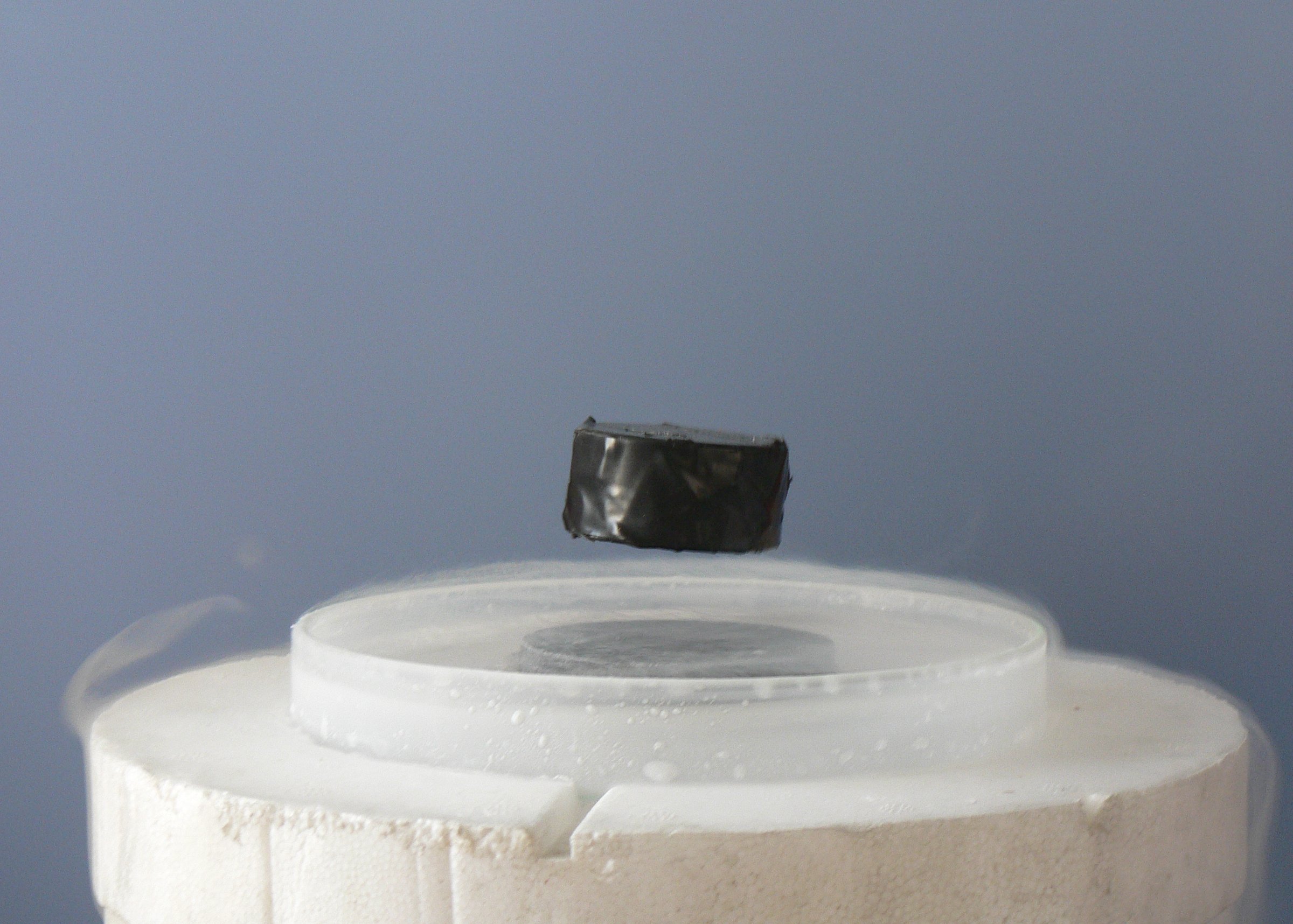Practical applications of Superconductors
- Introduction to Superconductors
- Different Types of Superconductors
- Quantum Mechanics
- Synthesis and Fabrication of Superconductors
- Superconductors and Electronics
- Superconductivity and Energy
- Innovation and the Future of Superconductors
- Reflection and Discussion
Synthesis and Fabrication of Superconductors
The Manufacturing Process of Superconductors

Electrical conductivity with exactly zero resistance.
Superconductors, with their ability to conduct electricity without resistance, have a wide range of applications in various fields. The manufacturing process of these superconductors is a complex and intricate procedure that requires precision and accuracy. This article will provide a detailed overview of the steps involved in the creation of superconductors.
Raw Material Preparation
The first step in the manufacturing process involves the preparation of raw materials. The materials used in superconductors vary depending on the type of superconductor being produced. For instance, yttrium, barium, copper, and oxygen are used in the production of YBCO (Yttrium Barium Copper Oxide), a high-temperature superconductor. These materials are carefully measured and mixed in precise proportions.
Formation of the Superconducting Compound
The mixed materials are then heated to high temperatures in a process known as calcination. This process results in the formation of the superconducting compound. The compound is then ground into a fine powder.
Shaping the Superconductor
The powdered compound is then shaped into the desired form. This could be a wire, a tape, or a bulk material, depending on the intended application. The shaping process often involves pressing the powder into a mold or drawing it through a die.
Sintering
The shaped material is then sintered, or heated to a temperature below its melting point. This causes the particles of the compound to bond together, forming a solid mass. The sintering process also helps to align the crystal structure of the material, which is crucial for superconductivity.
Coating and Encapsulation
In some cases, the superconductor may be coated with a material to protect it from the environment or to enhance its properties. The superconductor is then encapsulated, often in a metal sheath, to provide further protection and to give it structural integrity.
Testing
The final step in the manufacturing process is testing. The superconductor is tested for its critical temperature (the temperature below which it becomes superconducting) and its critical current (the maximum current it can carry without losing its superconductivity). These tests ensure that the superconductor meets the required specifications and is ready for use.
In conclusion, the manufacturing process of superconductors is a complex procedure that requires a deep understanding of materials science and precision engineering. Each step in the process plays a crucial role in determining the final properties of the superconductor, and any errors or inconsistencies can significantly affect its performance.